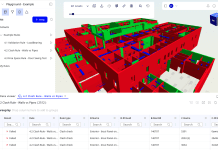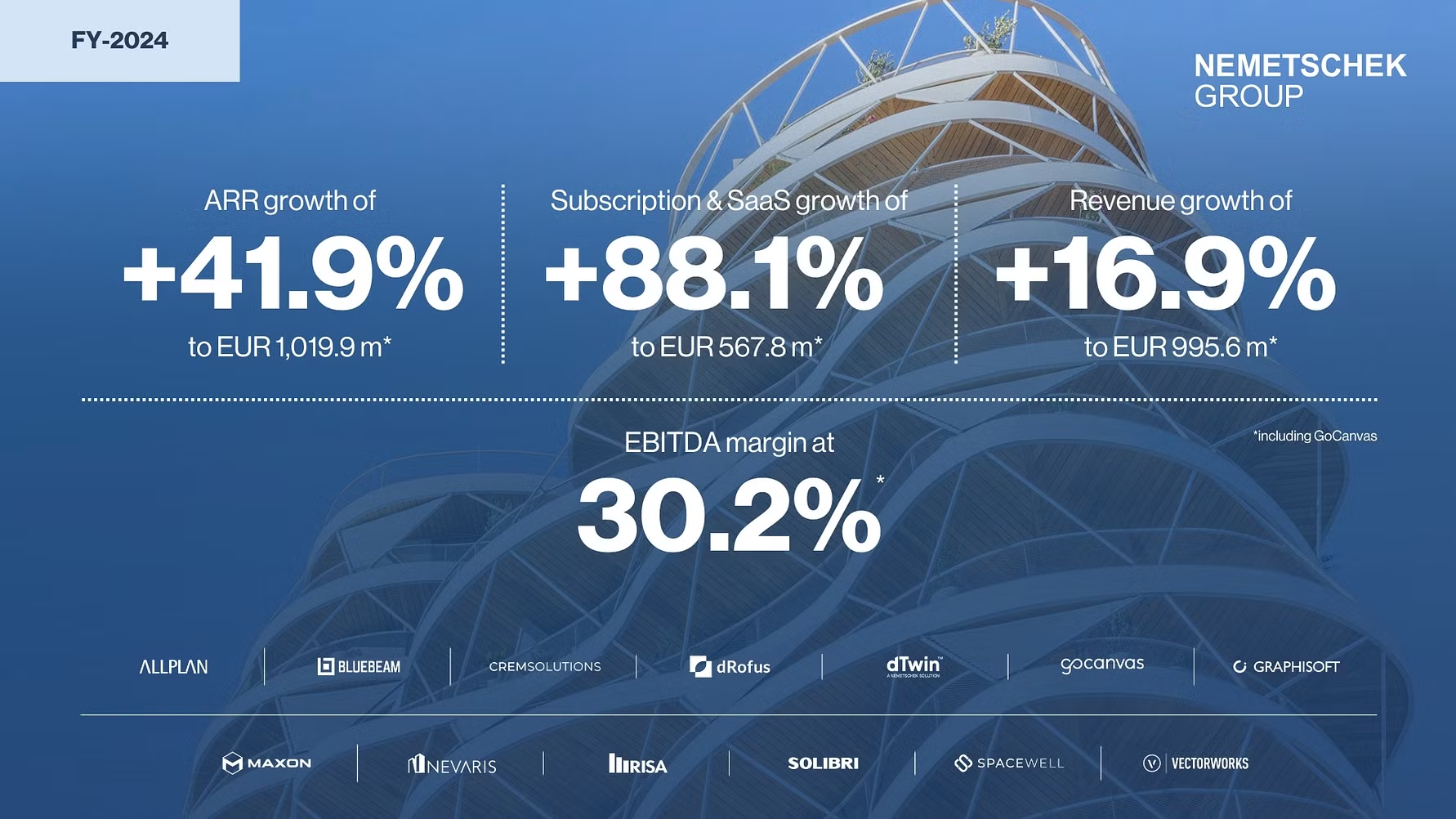Dr Jinying Xu, Marie Skłodowska–Curie fellow in the CSIC Department of Engineering, University of Cambridge, looks at how BIM can help to mitigate carbon emissions on the road to net zero
With the built environment contributing to a substantial portion of global carbon emissions, the architecture, engineering, construction and facility management (AEC/FM) sectors have a significant role to play in mitigating carbon emissions.
While we are working toward the 2050 net zero target, how can we achieve it more effectively and economically? We have many top-notch techniques in our toolbox such as Building Information Modelling (BIM), artificial intelligence (AI) and robotics, but how can we make use of them most efficiently for our sustainability mission?
Regarded as a Holy Grail in the AEC/FM sectors, BIM is a digital technology that is technically mature enough (theoretically) to facilitate upgrading our carbon management capabilities to the next level.
BIM in carbon management
BIM has revolutionised the AEC/FM sectors by providing a comprehensive digital representation of the physical and functional characteristics of building/infrastructure.
Its core as an information hub makes it the backbone for supporting carbon management, which is heavily dependent on all-round information about the building/infrastructure.
Integrating carbon information into BIM involves embedding data related to the carbon footprint of materials, construction processes and operational energy use within the BIM model.
This integration allows for real-time assessment and optimisation of carbon emissions throughout whole life, from design to demolition.
Existing efforts
Several tools and methodologies have been developed to facilitate the integration of carbon data into BIM.
One example is the One-Click LCA (LCA: Lifecycle Assessment) tool, which enables easy calculation of the lifecycle carbon footprint of building materials and components.
This tool integrates well, although not seamlessly, with BIM software, allowing designers and engineers to make informed decisions to minimise embodied carbon.
Many companies also have their in-house tools being developed at trial stage. Such tools help to identify high-carbon materials and suggest alternatives, thereby supporting carbon reduction.
Challenges and future directions
Despite these advancements, several challenges remain in fully realising the potential of BIM for carbon management.
One major challenge is the comprehensiveness of carbon data. While the existing efforts are more focused on embodied carbon at the production and early construction stages (1) (A1-A4), the availability and quality of accurate and detailed carbon data for various materials and processes can vary significantly.
Furthermore, the integration of data from the later construction stage and from the operation/maintenance and end-of-life stage into BIM has not been adequately explored.
Interoperability of data is another critical issue. BIM involves numerous stakeholders, each using different software and data formats. Ensuring seamless data exchange between these systems is vital for effective carbon management.
Standardised carbon data collection methodologies

Developing standardised carbon data collection methodologies to enhance data comprehensiveness and interoperability is critical for effective carbon management.
Such methodologies should cover the entire lifecycle of buildings/infrastructure, including:
- Material extraction and production: Gathering accurate carbon data on raw materials and manufacturing processes.
- Construction processes: Collecting data on carbon emissions from construction activities, including transportation and on-site operations.
- Operational energy use: Monitoring and recording carbon emissions from operations and maintenance.
- End-of-life and demolition: Assessing carbon impacts from demolition, waste management and recycling processes.
Standardisation efforts should focus on creating comprehensive classification systems and checklists, common data formats, ubiquitous data collection and sharing protocols to ensure consistency and transparency, while considering interoperability with different BIM platforms and tools.
The author’s ongoing research project at Cambridge is focused on developing a standardised carbon data collection methodology for highways, which is potentially transferable for buildings.
Moreover, there is a need for more detailed guidelines and regulatory frameworks to support the integration of carbon information into BIM.
While we have PAS 2080 to oversee carbon management across the value chain, there is a lack of practical guidance on how to calculate and report carbon emissions with more details.
Governments and standardisation bodies must collaborate to create mandatory reporting requirements and incentives.
Looking forward
As the industry continues to embrace digital technologies, the integration of carbon information into BIM will play a crucial role in driving sustainable practices and achieving our net zero targets.
By twinning digital and green technologies, the AEC/FM sectors can lead the way in creating a more sustainable built environment.
This requires a collaborative effort from all stakeholders, including designers, engineers, contractors, policymakers and researchers/educators, to ensure that carbon management becomes an integral part of the processes and its digital transformation.
1. Production Stage includes A1-A3, A1: Raw material extraction & supply, A2: Transport to manufacturing plant, A3: Manufacturing; Construction stage includes A4-A5, A4: Transport to project site, A5: Construction and installation processes.














